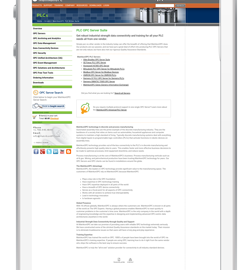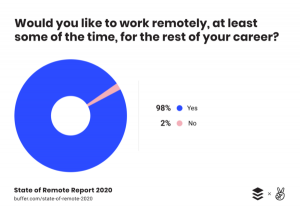
I tend to look to share unique or innovative ideas with small business owners. As a result, I sometimes neglect to share some sound marketing advice because it’s been around for a while so I assume everyone knows what it is.
Well, here’s something everyone who is building, considering building or rebuilding a website must understand.
I recently reviewed a new website launched by a prospective client. The website looked professional and contained useful information. Unfortunately, I couldn’t easily navigate it on my smartphone. It was then I realized that obvious marketing best-practices aren’t necessarily understood by small businesses owners who need to wear many different hats.
When you are thinking about your small business website (or any website for that matter) you need to think “responsive.”
A responsive website is a website that will adapt to any screen size on any digital device. When I say “adapt” I mean the website is easily navigated and creates a great user experience. I’ll explain in more detail shortly. First, why is a responsive website important?
Create a better user experience
If you want to rank well in search engines, then focus on your user and giving them a great experience. Having your prospective clients navigate your non-responsive website on a tablet or phone is not a good user experience. You look unprofessional, and the user will abandon your website.
Get more traffic to your website via search engines
Search engines evaluate websites for their ability to be responsive. The reason goes back to my first point – a responsive website creates a better user experience. Search engines strive to deliver results to users that are useful. A non-responsive website on a smartphone is not necessarily useless, however, it isn’t as useful as a responsive one.
Mobile search exceeded desktop search in 2015
In 2015, the number of people using search engines to find information was greater using a smartphone or tablet than on a desktop or laptop computer. If you think your prospects and customers only use a traditional desktop computer to look for information, think again.
What makes a website responsive?
Responsive websites use a “framework” that enable it to move objects, text and other elements around on a screen to make them “fit”. You may notice when viewing a website on a large desktop monitor that the website contains a navigation with, say, eight main links. On a small screen, like a smartphone, the same navigation reconfigures itself into a drop-down list for easy viewing and navigating.
Images will resize. Four column layouts on a laptop will become a single column on a smartphone. Contact information will automatically hyperlink on our smartphone so you can make a call or get directions with one click.

An example of a website that is not responsive.

Another example of a website that is not responsive so it is very difficult to navigate.

This is an example of a website that is responsive. It is easy to navigate on different devices.

A second example of a responsive website. Note the menu.
How to create a responsive website?
Website frameworks are prevalent today which enable nearly anyone to create a responsive website. For example, WordPress, while many may think of it as a blogging platform, is an outstanding solution for small businesses looking to create and maintain a responsive company website.
In the event you outsource your web work to a third party, make sure you ask if the website will be responsive. If your developer doesn’t understand the question, then walk away and look elsewhere. If you are going to be charged an unreasonable premium for a responsive website, again, look somewhere else.
Any reputable firm using current technology should be able to create and deliver an affordable, responsive website to meet the needs of most small businesses.
Digital & Social Articles on Business 2 Community(35)
Report Post








